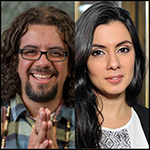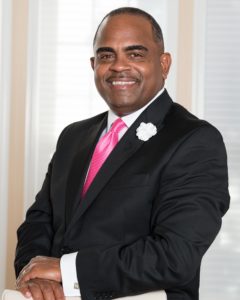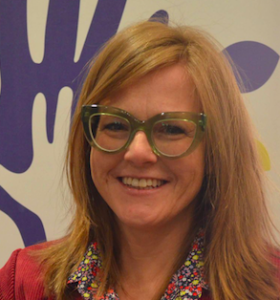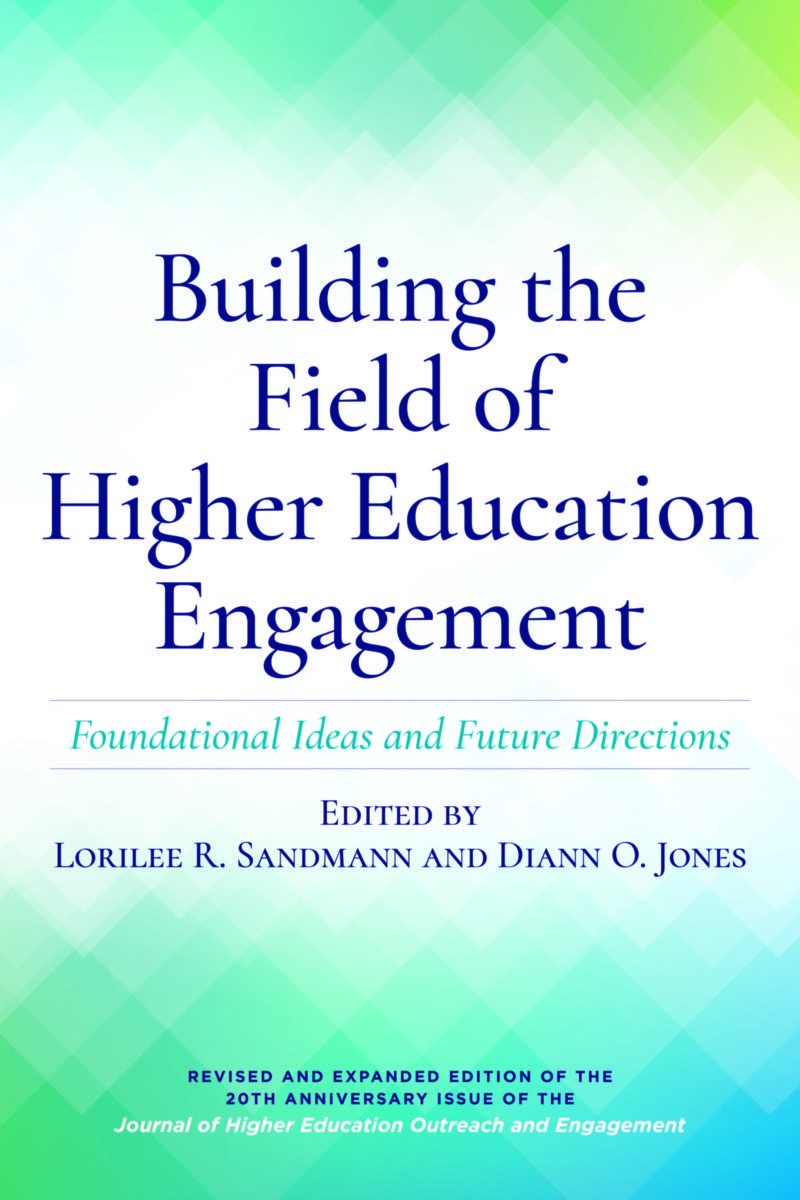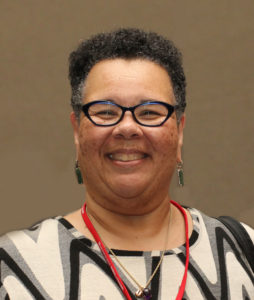engaged learning
Select an item by clicking its checkbox
As we finish this semester, it might be a good exercise to look back and see what worked, what didn’t quite work, and what will never work. Student evaluations often convey needs or anger or unfocused frustrations; very little that can actually teach us, so we must ponder our ...
We can teach the ongoing struggle for civil rights by taking students to the current day struggle via Instagram and sacred sites. Who on Instagram is doing the work that the great ancestral photographers like Mikki Ferrill, Louise Martin, Moneta Sleet Jr., John Shearer and Gordon Parks did? One is ...
In teaching undergraduates about social justice, I have found that the concept of the common good is both the most foundational and difficult one for students to learn. According to Catholic social teaching, the perspective from which I teach my theology and justice courses, the concept is defined as such: ...
Date Reviewed: April 15, 2020
Building the Field of Higher Education Engagement: Foundational Ideas and Future Directions presents twelve landmark articles from 1996-2012 that contributed significantly to the emergence of the field of engagement. Along with the articles, the book presents updated commentaries and responses by the original authors or noted scholars to the questions they proposed. The format of this publication is thoughtful as each chapter presents conversation-provoking questions about engagement across academic disciplines. In addition, Chapter 13 is a prospective look into the future. Nine authors provide their insights to what engagement may look like in the next two decades.
This book is valuable to those in the specific field of religious education as it strives to rethink the work of the academy. Lorilee Sandmann states that colleges and universities remain one of the greatest hopes for intellectual and civic progress because they search for answers in light of pressing problems (xiii). Furthermore, higher education in its highest ideals is committed to the scholarship of engagement. She defines engaged scholarship as a mutual relationship between academia and the community that leaves a positive legacy for all partners (xiv, 196). These concepts challenge established notions about higher education.
First, this book examines the most foundational values of education. Engagement should be built from these values and not the expectation to do research and achieve tenure. As a result this creates ripples in the culture and expectations of the academy so that a new or revised model for higher education may emerge.
Second, this book challenges the way educators see themselves and how they are to engage the community. The community has come to view them as ivory tower elites. Conversely, this volume challenges institutions and educators to participate in outreach to the community at large. The text provides several interdisciplinary examples of outreach. It is important because it generates conversations about the role of faculty and their role in outreach. This is a valuable contribution as the book also gives suggestions on how engagement and outreach can be measured so as to be included in the tenure process.
Another valuable idea is the notion that knowledge is now non-linear. It was expected that the academy would study, research, and provide solutions for the world. The consequence is that the academy does not answer the questions the community is asking. In a non-linear world, the community has knowledge. The academy must necessarily be more engaged in the world that surrounds it. Through interdisciplinary dialogue, the text provides valuable insight into these conversations.
For theological educators this is an important book because it provides language to understand the complex relationships between the community and the academy; as well as that between faculty and administration. It causes the reader to reimagine the requirements of tenure and the meaning of higher education in a fast-changing cultural milieu. This book conceptualizes the changes in the work of the academy so that one is better prepared to engage an institution’s culture and values so that it may be more true to education’s highest ideals and values.
The Liberty Bell. The Franklin Institute. The Betsy Ross House. The Philadelphia Zoo and Botanical Gardens. The Art Museum (infamous for the Rocky run up the stairs). Boat House Row. The Library. My brother and I attended public schools in Philadelphia, and these were some of the places we visited ...
